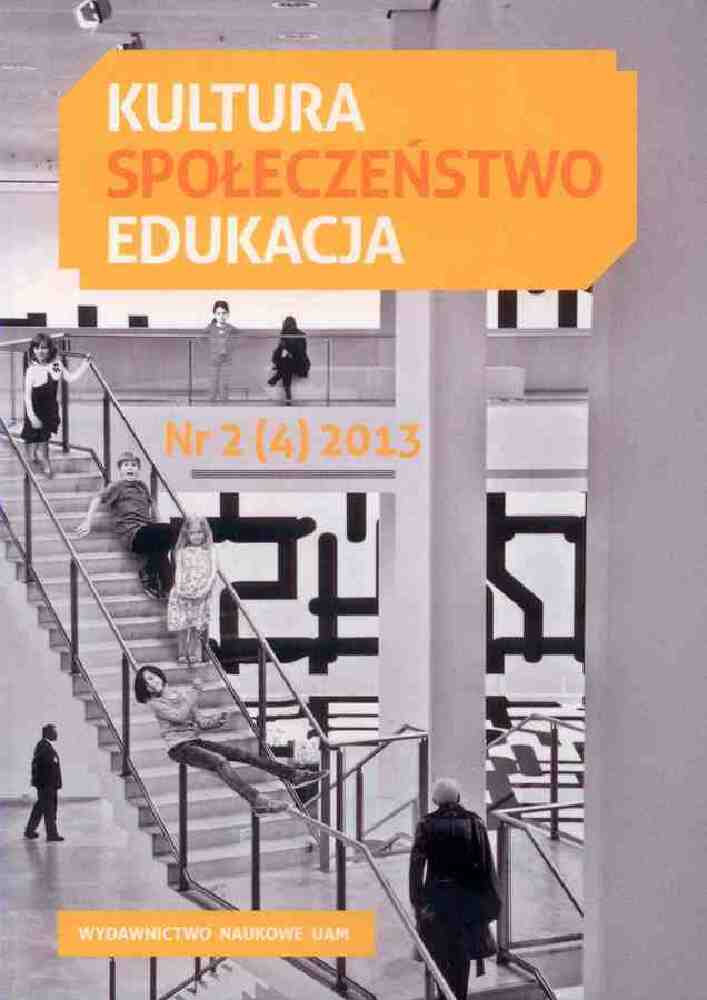Abstrakt
Standardized tests administered nationwide in the fth grade of the elementary school in Israel have shown that in the subject of mathematics boys achieve signi cantly higher scores than do girls. This gap is worrisome because of the importance of mathematical skills in success in education, both in the secondary school and in higher education, and in the job market. This paper brie y reviews a number of possible reasons for this gap, including lack of suitability to girls of current instruction methods in frameworks of mixed-gender education, de ciencies in mathematics training and math anxiety among teachers, gender stereotypes, and the phenomenon of the self-ful lling prophecy. Then the paper outlines the researcher’s proposed method, Computer Assisted Learning (CAL), for promoting girls’ achievements in mathematics. Initial results have been promising.Bibliografia
Ayalon. H., I. Livnah. 2013. “Educational Standardization and Gender Differences in Mathematics Achievement: A Comparative Study”. Social Science 4: 432-445.
Beilock S.L., E.A. Gunderson, G. Ramire, S.C. Levine. 2010. “Female Teachers Math Anxiety Affects Girls Math Achievement”. Proceedings of the National Academy of Sciences (PNAS, February 2) 107 (5): 1860-1863.
Kane J.M., J.E. Merts. 2012. “Debunking Myths about Gender and Mathematics Performance”. Notices of the AMS 59 (1).
Nosek. B.A. et al. 2009. “National Differences in Gender-Science Stereotypes Predict National Sex Differences in Science and Math Achievement”. Proceedings of the National Academy of Sciences (PNAS June 30) 106 (26): 10593-10597.
Licencja
Prawa autorskie (c) 2017 Noriany Orli

Utwór dostępny jest na licencji Creative Commons Uznanie autorstwa – Bez utworów zależnych 4.0 Międzynarodowe.
